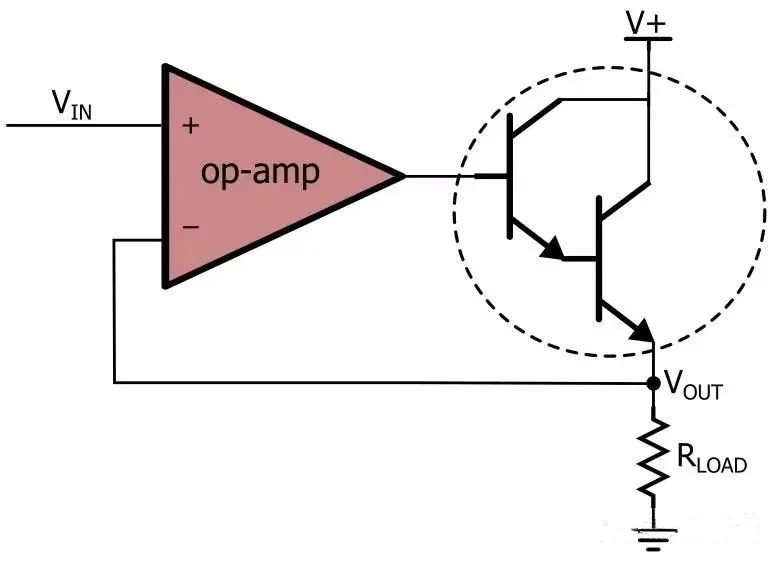选择合适的系列电压基准源的绝对精度电压输出
DING-TOP: 0px">Range = 0 -2.5V Range = 0 - 4.096V Range = 0 -4.000V Range = 0 -2.048V Force/sense Fixed gain = 1.638 Fixed gain = 2 Fixed gain = 1.638 5V(varying)
4.5V min
5.5V max 5V(constant)
4.95V min
+12V available 5V(constant)
4.75V min
5.25V max 3V(varying VBATT)
2.7V min
3.6V max 0°C to 70°C (commercial) 0°C to 70°C (commercial) -40°C to 85°C (extended) 15°C to 45°C ( commercial) 10Hz to 10kHz DC to 1kHz DC to 10Hz DC to 10Hz None Burn-in + annual (gain and offset) One-time factory (gain and offset) None 16LSB @ 10 bits (6-bit accuracy) 2LSB @ 14 bits (13-bit accuracy) 4LSB @ 12 bits (10-bit accuracy) 8LSB @ 12 bits (9-bit accuracy)
Table 2. Voltage-Related Parameters for DAC Design Examples
Output Voltage
DAC Output
Power Supply
4.5V min
5.5V max
4.95V min
+12V available
4.75V min
5.25V max
2.7V min
3.6V max
Temperature Range
Signal BW
DAC Calibration
Maximum Error Target
Step 1: Voltage Ranges and Reference-Voltage Determination
The first consideration when selecting a voltage reference for a DAC application is to evaluate the supply-voltage and the DAC output-voltage ranges (Table 2). To simplify the design examples described above, DACs have already been chosen, so their output gain is not a variable we will trade off as in a real design.Table 2. Voltage-Related Parameters for DAC Design Examples
| Main Design Objectives | ||||
| Example Application | 
加入微信 相关文章 |

